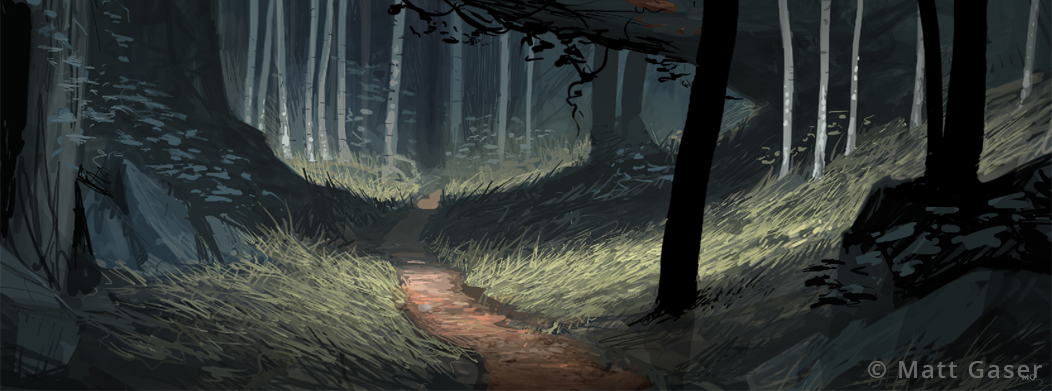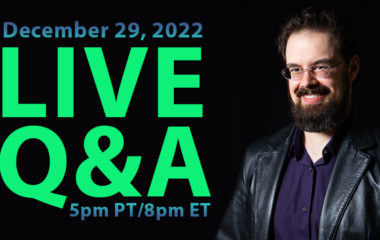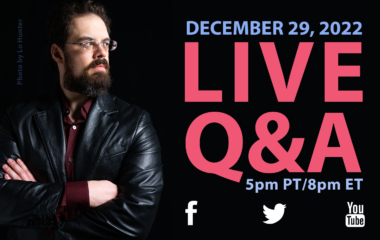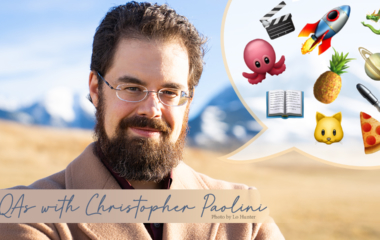
To what extent can an elf change his body, is there a limit? Can he change himself to look almost exactly like a certain animal and can if so can he change into something as large as maybe something like a dragon?
Good question. This was another subject Eragon and Arya discussed in the first draft of Brisingr (when they were sitting around the campfire, on the way back from Helgrind), but which was removed in editing.
The short answer goes something like this: any magician, not just an elf, can, theoretically, reshape his or her body into any conceivable shape, given that the magician has the strength, time, will, and knowledge to do so and that the chosen shape is capable of supporting life.
However, there is one major catch: chemistry. While the elves—who are the most learned race in Alagaësia—most certainly know about cells, and while they may have postulated the existence of molecules and atoms—and perhaps even proved their reality using some spell or another—they have yet to accumulate a sound working knowledge of either of those two basic building blocks of matter. As a result, when an elf, or any other magician, reshapes their body, all they are doing is moving around the stuff out of which they are already made, and not actually transforming their bones, muscles, tendons, organs, etc. into those of another species. They are imitating, not becoming.
For example, chimpanzees are much stronger than humans, both because of how their muscles are attached—which gives them some advantages of leverage—but also because they have a gene active (which we don’t) that allows their muscles to contract harder than ours. This gene means that a chimpanzee’s muscles are chemically different than ours.
So, if you were a magician and you used magic to make yourself look like a chimp (which would take a huge amount of energy, though I’m not sure why you would want to turn yourself into a chimp, but that aside . . .), you still wouldn’t be as strong as one, because your muscles would still be the muscles of a human.
An elf, or any other spellcaster from Alagaësia would face the same problems. If an elf made him or herself look like a dragon, they probably wouldn’t even be able to support their weight, because the basic stuff a dragon is made out of is different from the basic stuff an elf is made out of. Also, dragons are inherently magical creatures (how else do you think such massive creatures fly on such relatively small wings?) which only makes things even more complicated.
And that doesn’t even begin to address other differences, such as your digestive tract, vision, and, most importantly, those of the brain. You probably wouldn’t want the brain of a chimp, so you’d end up looking like a chimp with a giant, bulging, human head.
Now, if you had a solid understanding of the underlying chemistry of the person or creature you were trying to emulate, and the being was somewhat similar to you (say, an Urgal) then, under those conditions, you could achieve an almost perfect copy. It would take a ridiculous amount of work, though.
And that was my short answer!
p.s. Werecats and their ilk, in case you are wondering, are a unique case. Their shapeshifting is the result of the same sort of instinctual magic that Saphira uses. Also, they’re cats, and cats can do whatever they want. Which reminds me of another discussion cut from Brisingr on whether or not animals can use magic (they can, just not very well).
Interested in more? Check out the rest of our Q&As with Christopher series!




